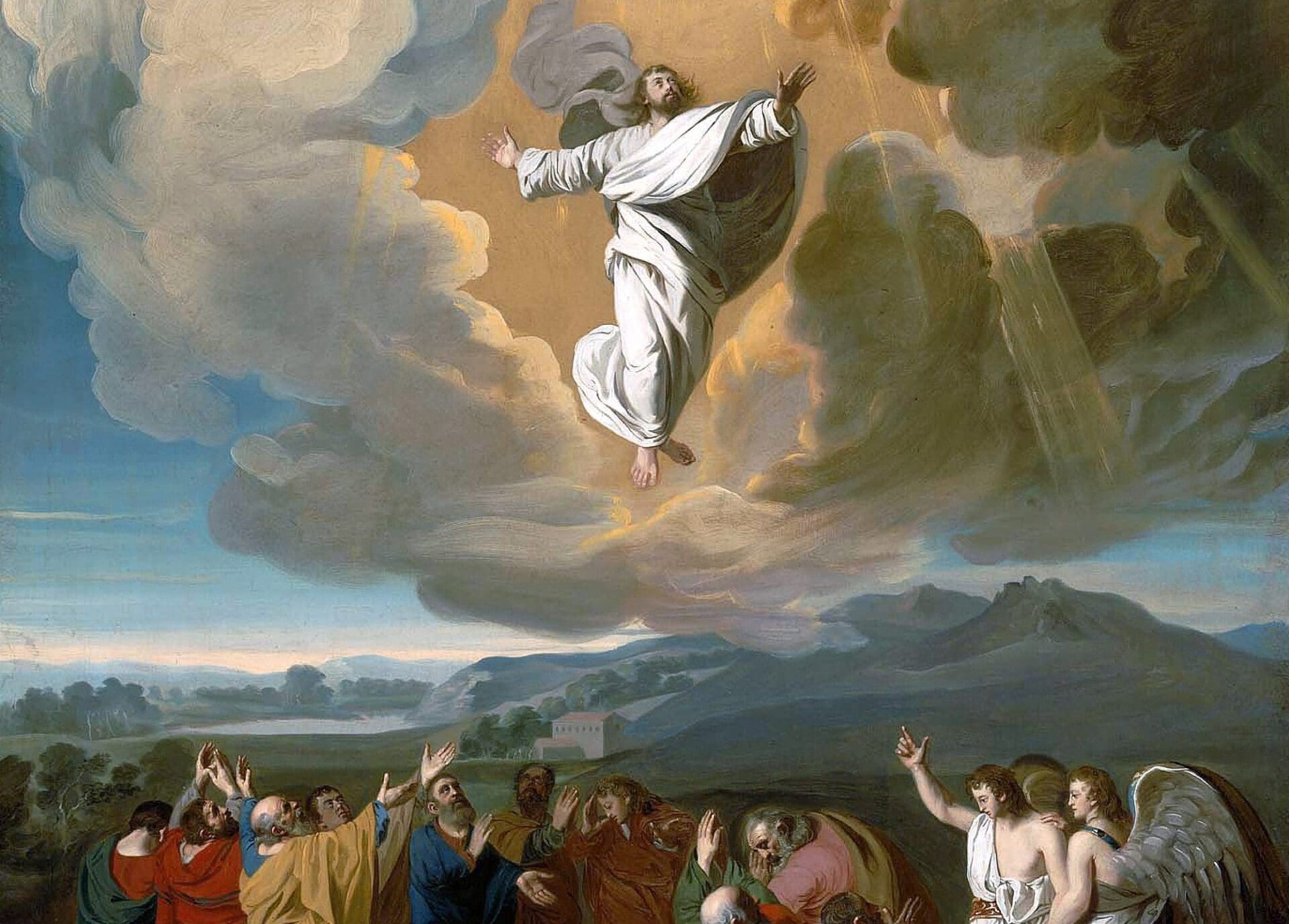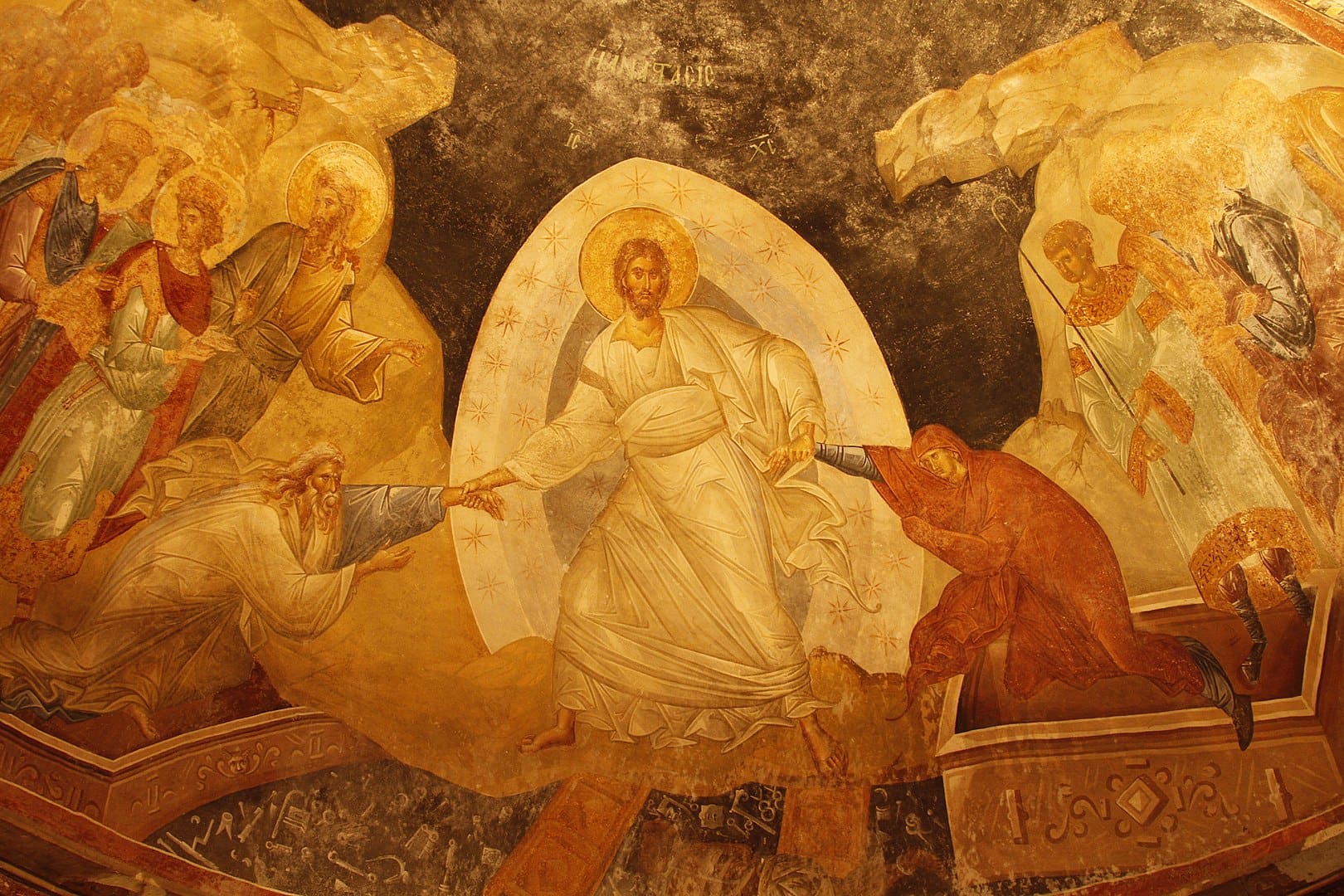The Congregation for Divine Worship issued two decrees, dated March 19, 2020 and March 25, 2020, governing the celebration of the Paschal Triduum in this exceptional year as a result of the coronavirus (COVID-19) pandemic. Neither decree spoke specifically about Easter Sunday Masses per se. However, since it is very likely that in many locations Easter Sunday Mass may be celebrated with fewer than ten people in attendance, it may be helpful to elaborate how Mass that day might be simplified, given the circumstances.
Mass begins with the Blessed Sacrament in the tabernacle as usual, with the sanctuary lamp lit. Before Mass begins, the Easter candle is lit first along with the altar candles. This is the case even if no Easter Vigil took place the night before. (In this case, a pastor might want to prepare the candle in the sacristy some time before Easter Sunday Mass with the texts and gestures found the Missal at numbers 11 and 12 for the Easter Vigil.)
During the opening rites of Mass, the priest celebrant may want to bless water to sprinkle on those present (Paschalis Sollemnitatis, 97), especially since the blessing and sprinkling of baptismal water during the baptismal liturgy is omitted this year from the celebration of the Easter Vigil (Congregation for Divine Worship, Decree “In Time of CoVid-19,” March 19, 2020, Easter Vigil). The blessing and sprinkling of water can take place in the usual way, using the texts from the appendix II of the missal. In that case, the penitential act is omitted. The celebrant stands at the chair to carry out the blessing of water. One server stands before him with the vessel of water; another server stands before him with the missal. (If necessary, the missal could be placed on a lectern in front of the celebrant.) If everyone in attendance is present in the sanctuary, the priest celebrant might remain at the chair to sprinkle them. If a few persons are located in the church itself, the celebrant might then go to the entrance of the sanctuary to sprinkle them. It would be ridiculous, especially on camera, for the celebrant to walk through an empty church sprinkling empty pews as if they were filled with people. Mass then continues as usual.
If possible, at least the response to the psalm could be sung, even if the verses to the psalm response must be read. A reader could also read the psalm straight throughout without any response (General Instruction of the Roman Missal, 61). After the second reading, the Sequence is required on Easter Sunday. Ideally, it should be sung, preferably by two cantors in alternation, or at least by one cantor alone. If this is not possible, it may have to be read, perhaps by two readers in alternation, or even by one reader alone. A cantor, or some other person present (even the celebrant himself if necessary), should intone the Alleluia before the Gospel, provided that those present will be able to sing in response. The Alleluia verse could be read if necessary, before singing the Alleluia again.
After the homily, those present can profess their faith in one of three ways. They can recite or sing the Nicene Creed or the Apostles Creed, or (in the United States) they can respond to the renewal of baptismal promises found in the missal at no. 55 for the Easter Vigil (also see Roman Missal: Easter Sunday Mass During the Day, 72). If the sprinkling of the people with holy water did not already take place at the beginning of Mass in place of the Penitential Act, and if the parish retained holy water in the sacristy prior to the Triduum, that holy water can now be used to sprinkle the people immediately following the renewal of baptismal promises.
At the end of Mass, the deacon should sing the special Easter dismissal with double alleluias, provided again, that those present will be capable of responding together in song. If the deacon is unable to sing the dismissal, perhaps a concelebrant, or even the celebrant himself, might carry this out.
This concludes this special series on the ceremonies of Holy Week in this exceptional year. Hopefully, it has been helpful to those charged with planning the execution of these important times of prayer. For those at home, participating through the media, the worthy celebration of these familiar liturgies, even in a simplified way, will be a source of consolation and hope. May all remember in prayer and in works of charity those suffering both from illness and from isolation during this time. We believe that the light of Christ, rising in glory, can dispel the darkness of this present emergency. In many simple ways, may we bring that light to others.



